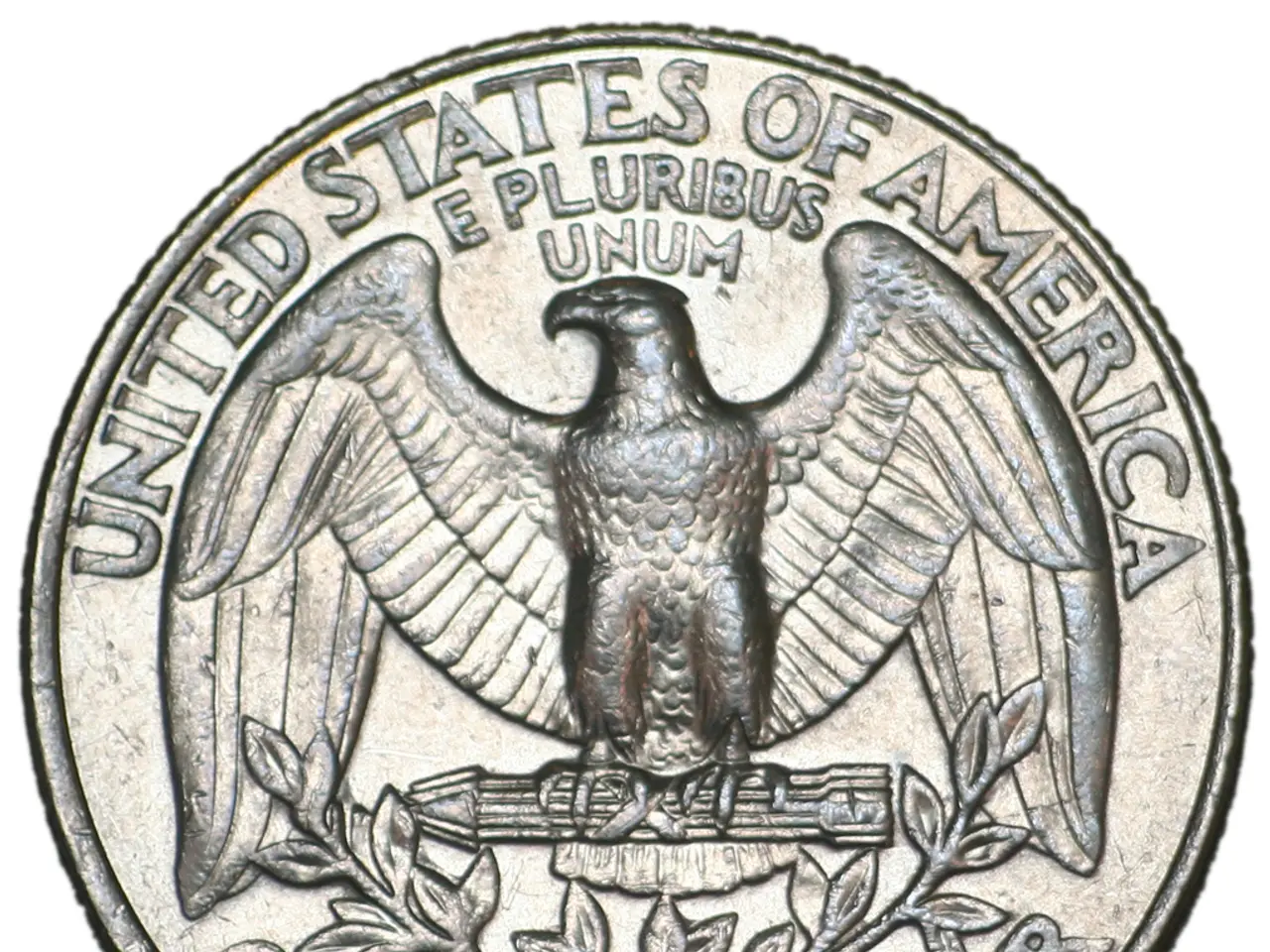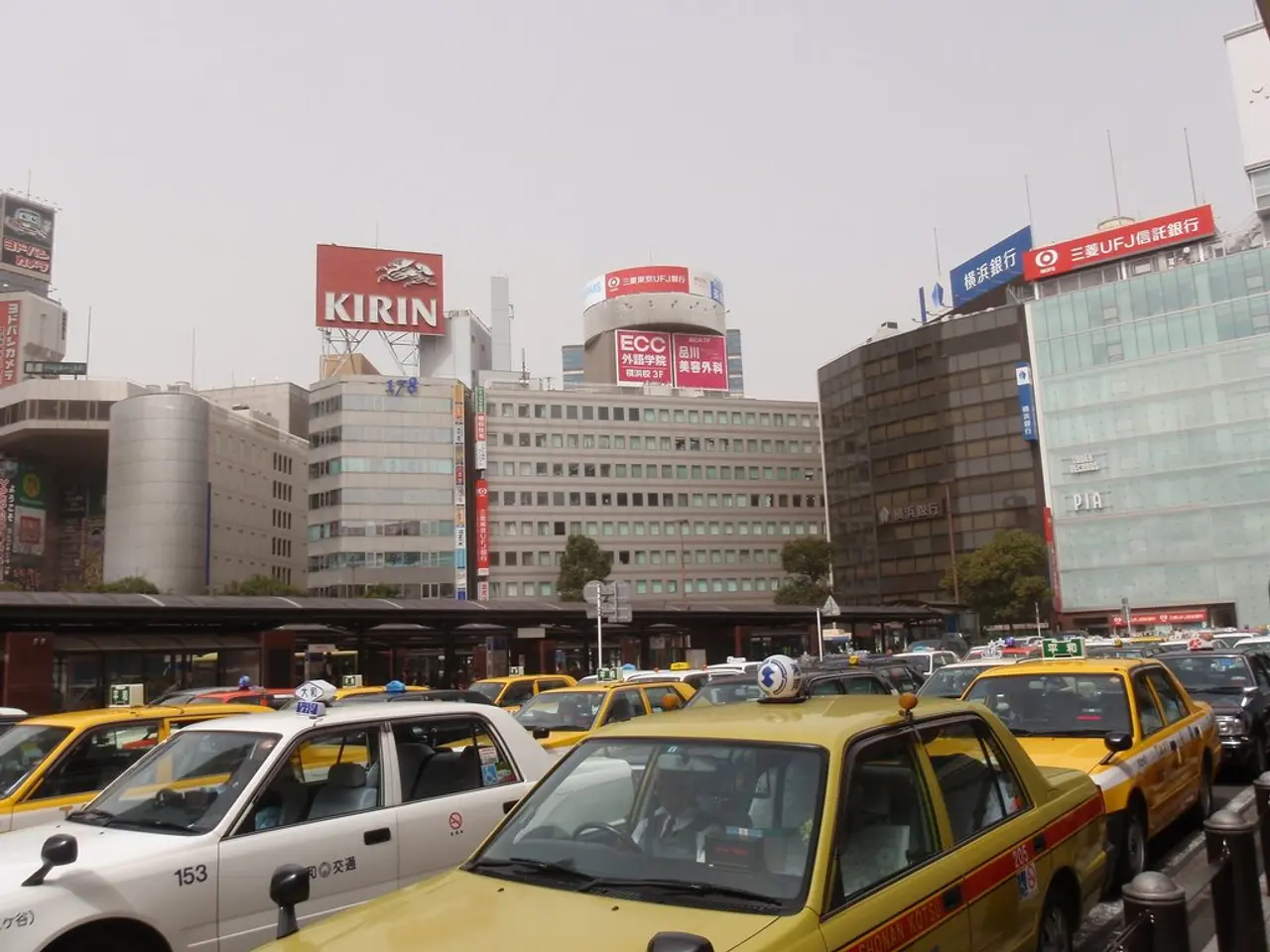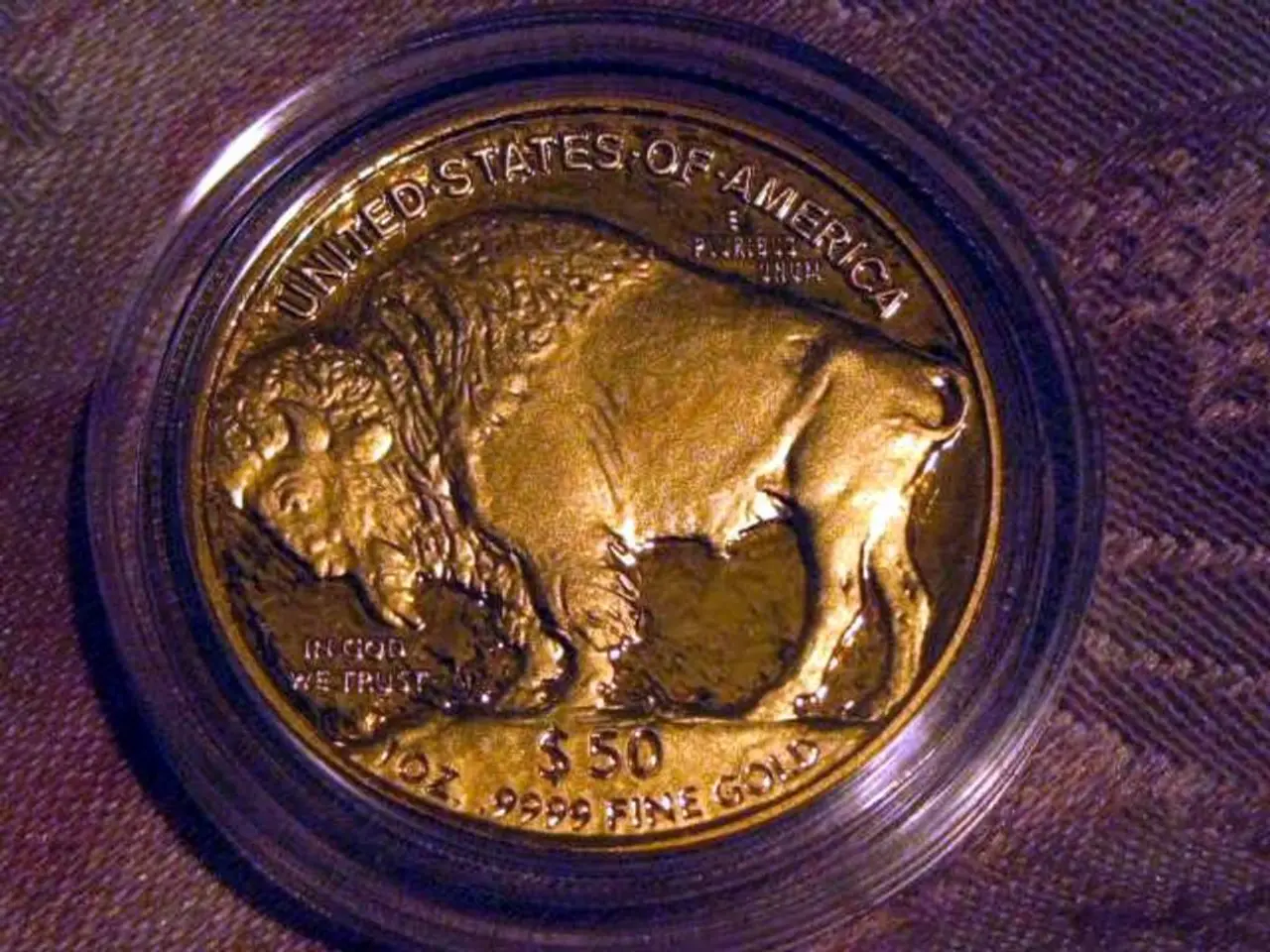United States to receive $550 billion investment from Japan, according to Trump's statement
======================================================================================
The recent U.S.-Japan trade framework has been a significant talking point for the Trump administration, with President Donald Trump claiming that Japan has pledged $550 billion for investment in the United States. However, the legitimacy and nature of this fund have nuances and uncertainties.
The $550 billion figure is characterized by some officials as a government target rather than a guaranteed investment amount. Actual investments depend on decisions made by Japanese companies. Japan's chief negotiator Ryosei Akazawa clarified that only about 1% to 2% of the $550 billion is expected to be direct investment, with the majority comprising loans or other financial instruments, rather than straightforward equity or capital investment.
The fund is described officially as the largest foreign investment commitment ever secured by any country in the U.S., aiming to generate jobs, expand manufacturing, and strengthen the U.S. industrial base. However, skepticism remains regarding the deal’s binding nature and detailed terms, as many specifics about implementation, fund composition, and timelines have not yet been fully disclosed.
The U.S. administration has specified that the $550 billion fund will be invested in industries such as critical minerals, pharmaceuticals, computer chips, and shipbuilding. The trade framework also includes the purchase of rice from U.S. farmers. However, Japanese Agricultural Minister Shinjiro Koizumi stated that Japan will decide whether to increase U.S. rice imports and that Japan is not committed to a fixed quota.
Treasury Secretary Scott Bessent stated that the framework will be evaluated every three months. President Trump states that 90% of any profits from the investment would go to the U.S., and he refers to the investment as a "signing bonus." Akazawa expressed concern about the potential disruptions caused by the tariff rates rising to 25% and then dropping to 15%.
The trade framework lowered Trump's threatened tariff from 25% to 15%, including on autos. Japan has agreed to buy 100 airplanes from Boeing as part of the trade framework. The Japan External Trade Organization estimates that direct investment into the U.S. economy topped $780 billion in 2023.
In summary, while the announcement marks a significant symbolic and political milestone in U.S.-Japan economic relations, the $550 billion investment fund should be understood as a broad framework target rather than an immediate, fully committed or liquid sum. Its effective deployment will depend on private sector decisions and further clarifications from both governments.
- The $550 billion investment fund, a significant aspect of the U.S.-Japan trade framework, has raised questions in the realm of general-news and finance, with skepticism about its binding nature and detailed terms.
- The trade framework, which includes commitments to invest in specific industries like pharmaceuticals and shipbuilding, could have far-reaching implications for business and politics, potentially shaping the economic landscapes of both countries.



